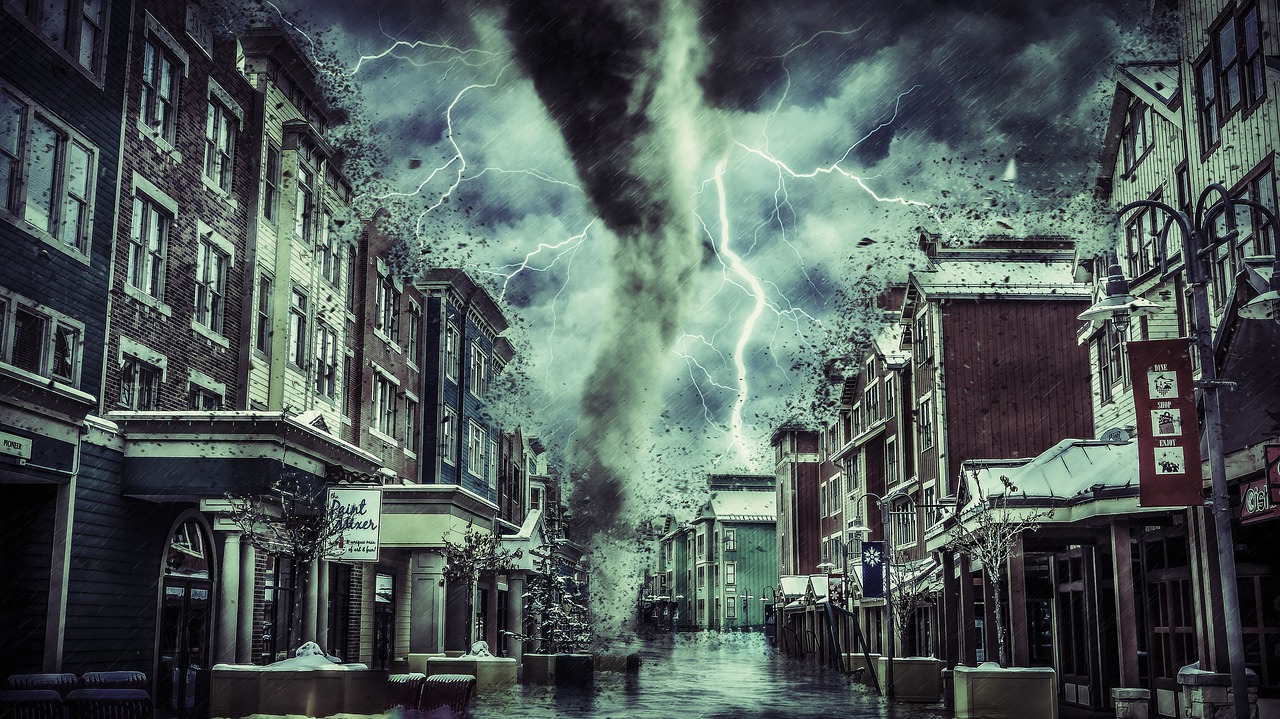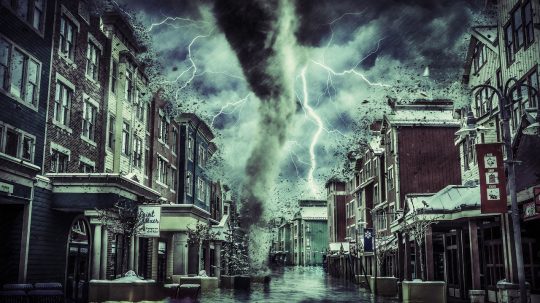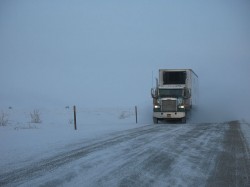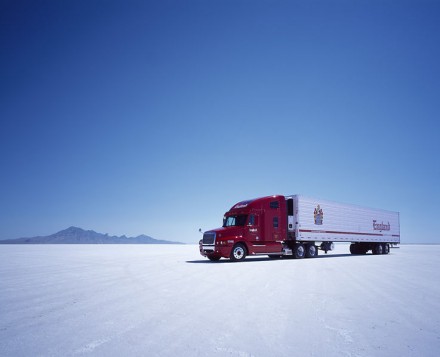 Are we on the verge of another great financial crisis, a devastating recession and a horrific implosion of the global debt bubble? On my website I have been relentlessly warning my readers about the inevitable consequences of our very foolish actions, but now the mainstream media is beginning to sound just like The Economic Collapse Blog. The coming crisis is so close now that a lot of them are starting to see it, and of course economic disaster is already a reality for much of the rest of the planet. For years, the mainstream media told us that things would get better, and in a lot of ways we did see some improvement. But now the tone of the mainstream media has become quite ominous, and that is definitely not a positive sign. The following are 8 examples of mainstream media sources warning us of imminent economic disaster…
Are we on the verge of another great financial crisis, a devastating recession and a horrific implosion of the global debt bubble? On my website I have been relentlessly warning my readers about the inevitable consequences of our very foolish actions, but now the mainstream media is beginning to sound just like The Economic Collapse Blog. The coming crisis is so close now that a lot of them are starting to see it, and of course economic disaster is already a reality for much of the rest of the planet. For years, the mainstream media told us that things would get better, and in a lot of ways we did see some improvement. But now the tone of the mainstream media has become quite ominous, and that is definitely not a positive sign. The following are 8 examples of mainstream media sources warning us of imminent economic disaster…
#1 Forbes: “Disaster Is Inevitable When America’s Stock Market Bubble Bursts”…
As shown in this report, the U.S. stock market is currently trading at extremely precarious levels and it won’t take much to topple the whole house of cards. Once again, the Federal Reserve, which was responsible for creating the disastrous Dot-com bubble and housing bubble, has inflated yet another extremely dangerous bubble in its attempt to force the economy to grow after the Great Recession. History has proven time and time again that market meddling by central banks leads to massive market distortions and eventual crises. As a society, we have not learned the lessons that we were supposed to learn from 1999 and 2008, therefore we are doomed to repeat them.
The purpose of this report is to warn society of the path that we are on and the risks that we are facing.
#2 CNBC: “Tech stock sell-off could be just beginning if trade war with China worsens”…
Congressional scrutiny of social media companies and fears of new regulation pummeled their stocks, but other tech names could also soon be vulnerable to a new round of selling pressure if President Donald Trump goes through with new tariffs on Chinese goods.
#3 Bloomberg: “Emerging-market rout is longest since 2008 as confidence cracks”…
For stocks, it’s 222 days. For currencies, 155 days. For local government bonds, 240 days.
This year’s rout in emerging markets has lasted so long that it’s taken even the most ardent bears by surprise. Not one of the seven biggest selloffs since the financial crisis — including the so-called taper tantrum — inflicted such pain for so long on the developing world.
#4 CNN: “Emerging Markets Look Sick. Will They Infect Wall Street?”…
Chinese stocks are is in a bear market. Turkey’s currency has collapsed. South Africa has stumbled into a recession. Not even an IMF bailout has stemmed the bleeding in Argentina.
The storm rocking emerging markets has its origins in Washington. Vulnerable currencies plunged as the US Federal Reserve steadily raised interest rates. And President Donald Trump’s trade crackdown added gasoline to the fire.
The trouble could spread, infecting other emerging markets or even Wall Street.
#5 The Motley Fool: “6 signs the next recession might be closer than we realize”…
To be perfectly clear, trying to predict when recessions will occur is pure guesswork. Top market analysts have called for pullbacks in the market, unsuccessfully, in pretty much every year since the Great Recession ended. But the economic cycle doesn’t lie: recessions are inevitable. And in my estimation, we’re probably closer to the next recession than you realize.
How can I be so certain? Well, I can’t. Remember, I just noted there’s virtually no certainty when it comes to predicting when recessions will occur. There are, however, six warning signs that suggest a recession could be, in relative terms, around the corner.
#6 Forbes: “U.S. Household Wealth Is Experiencing An Unsustainable Bubble”…
Since the dark days of the Great Recession in 2009, America has experienced one of the most powerful household wealth booms in its history. Household wealth has ballooned by approximately $46 trillion or 83% to an all-time high of $100.8 trillion. While most people welcome and applaud a wealth boom like this, my research shows that it is actually another dangerous bubble that is similar to the U.S. housing bubble of the mid-2000s. In this piece, I will explain why America’s wealth boom is artificial and heading for a devastating bust.
#7 Savannah Now: “Global debt soars, along with fears of crisis ahead”…
“We were supposed to correct a debt bubble,” said David Rosenberg, chief economist at Gluskin Sheff, a wealth-management firm. “What we did instead was create more debt.”
#8 CNBC: “The emerging market crisis is back. And this time it’s serious”…
But markets are feeling a sense of deja vu. Blame it on a stronger dollar, escalating tensions since President Donald Trump came to power, worries over a full-fledged trade war with China or rising interest rates in the U.S., this time around the crisis seems to have entered a new phase.
The damage is far more widespread. The crisis has engulfed countries across the globe — from economies in South America, to Turkey, South Africa and some of the bigger economies in Asia, such as India and China. A number of these countries are seeing their currency fall to record levels, high inflation and unemployment, and in some cases, escalating tensions with the United States.
I don’t think that we have seen such ominous declarations from the mainstream media since the last global financial crisis in 2008.
And the mainstream media is not alone. Yesterday, I discussed the fact that tech executives on the west coast are setting up luxury survival bunkers in New Zealand in order to prepare for what is ahead.
They all know what is coming, and they also know that it is approaching very rapidly.
This chapter in American history is not going to end well. On some level, all of us understand this. Storm clouds have been building on the horizon for quite some time and the warning signs are all around us.
Our day of reckoning may have been delayed, but it was not canceled. America has a date with destiny, and it is going to be exceedingly painful.
This article originally appeared on The Economic Collapse Blog. About the author: Michael Snyder is a nationally syndicated writer, media personality and political activist. He is publisher of The Most Important News and the author of four books including The Beginning Of The End and Living A Life That Really Matters.




